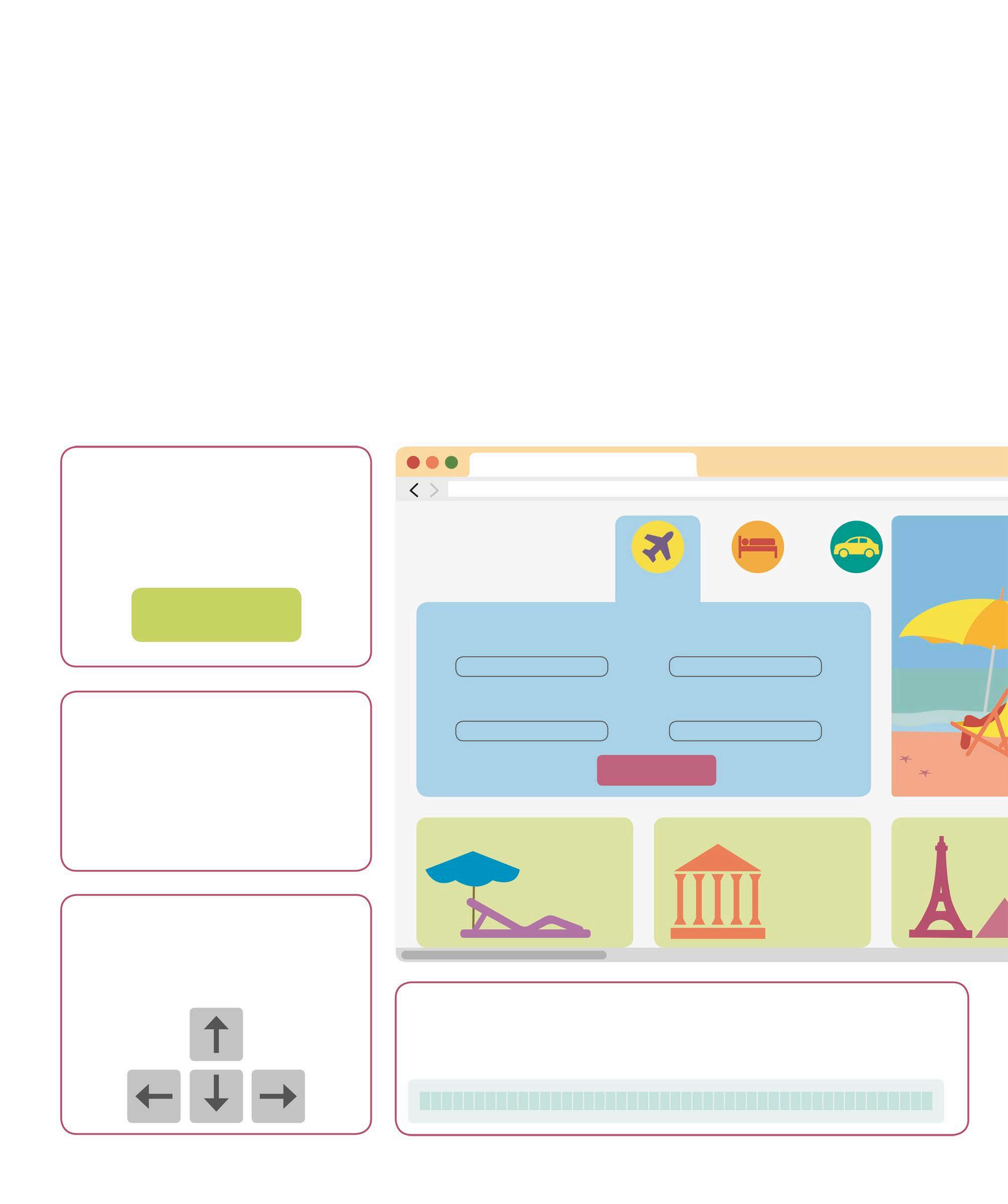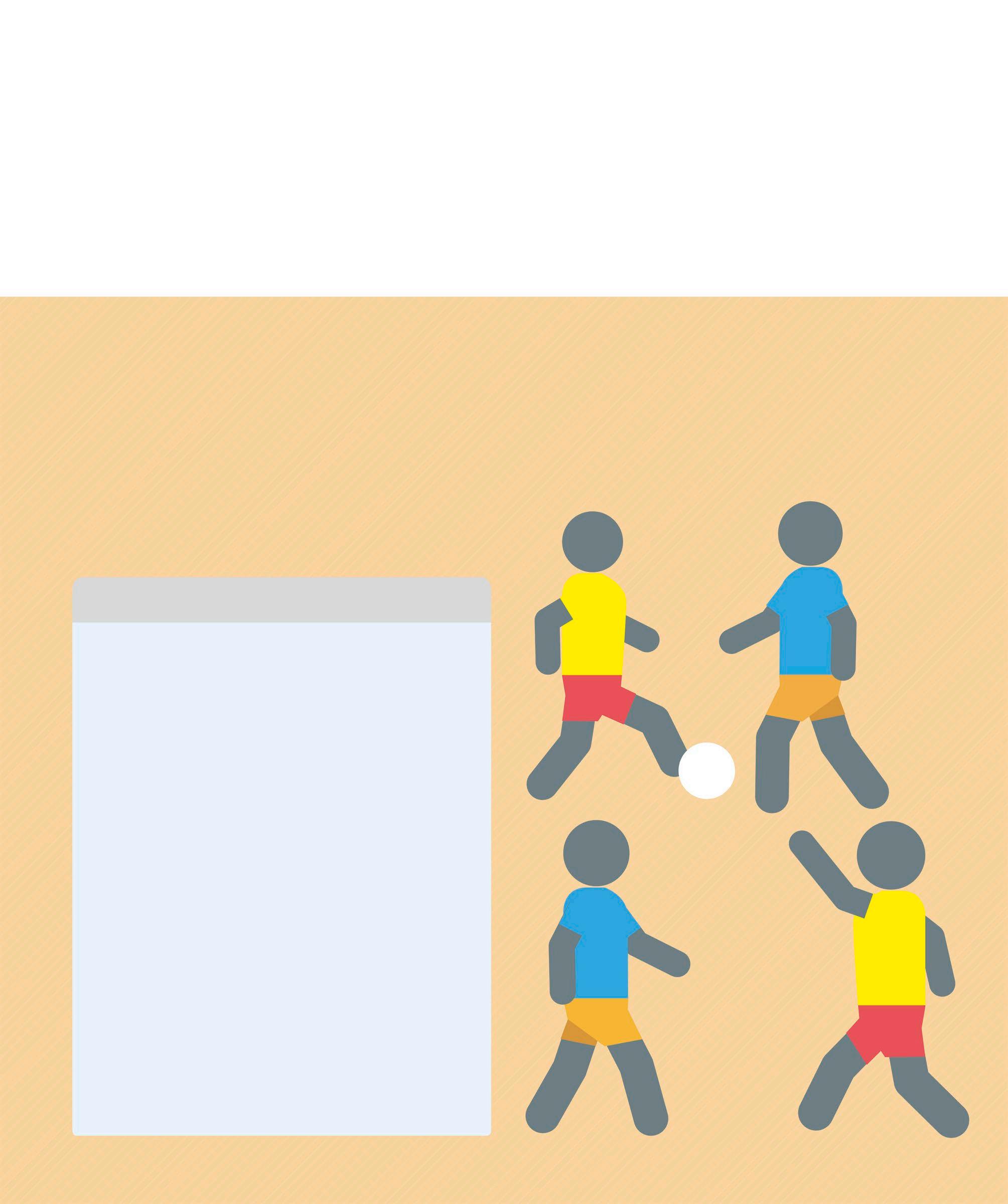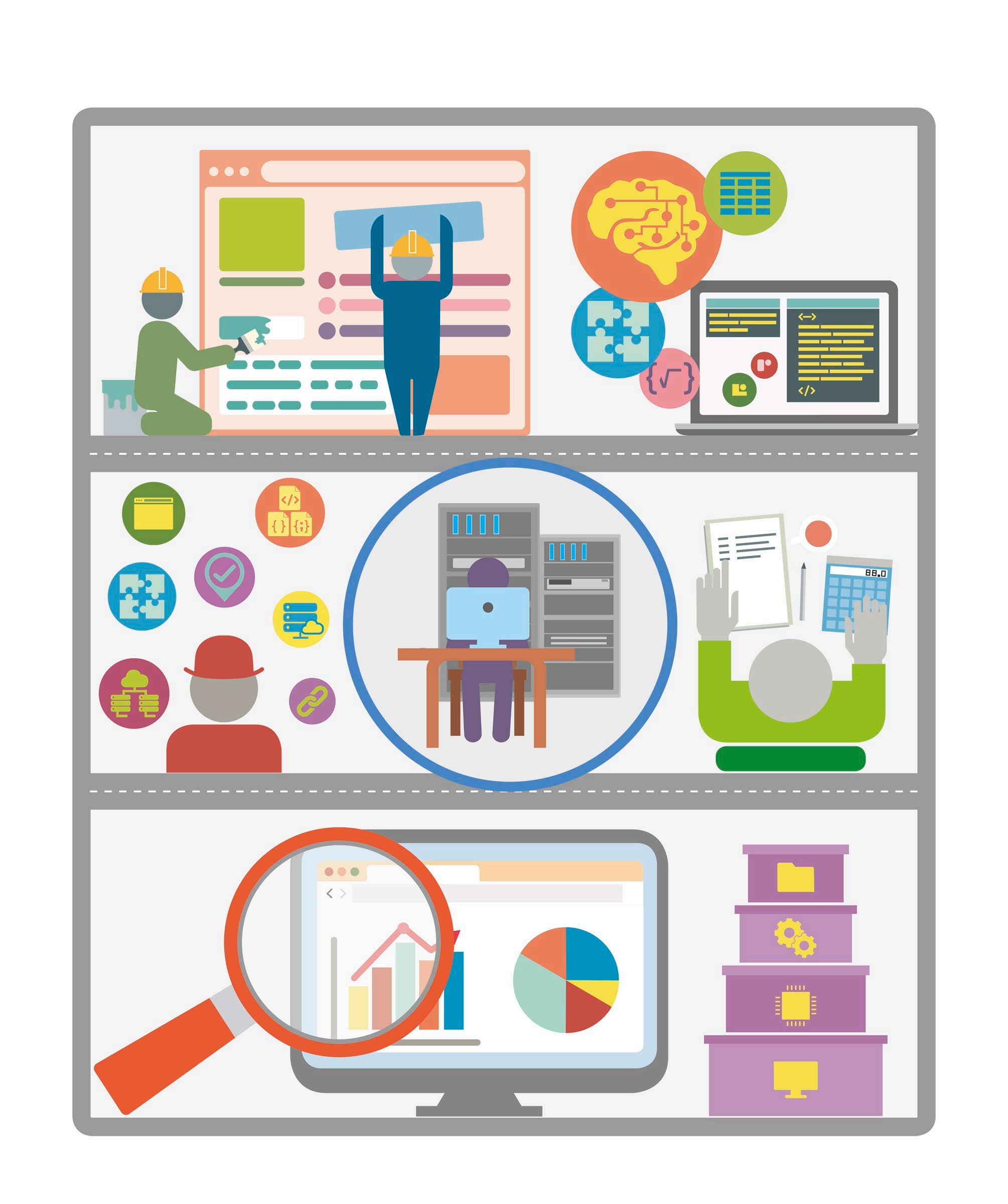Coloured blocks and scripts Scratch instructions come in colour-coded blocks that can be assembled into chunks of program called “scripts”. These blocks can be used for collecting input, processing information, and displaying the output on screen.
Program flow A program can receive information (input), do something with it (process it), and then deliver the result (output). In a game, the input can be the player’s key presses, and the output is the movement on screen. A program may receive input from users, other
Input blocks touching mouse-pointer
computer systems, or sensors. Output, on the other hand, can be given on the screen, by a printer, or by sending information to another system. In Scratch, instructions in a program are built through code blocks. These instructions always run from top to bottom, unless told otherwise.
Processing blocks ?
Sensing blocks These blocks check whether sprites or colours are touching each other, whether keys are pressed, or are used to ask the user to enter text (among other things).
when backdrop switches to backdrop1 Events blocks The hat-shaped Events blocks (see p.40) can also be used to start processing scripts when something happens, such as when the user presses a key or a sprite sends a particular message to other sprites.
wait until Control blocks Control blocks are used to make decisions about what to do next. They also dictate how often a set of blocks should repeat, and when the script should pause.
when this sprite clicked Events blocks These blocks detect when the green flag is clicked, a key is pressed, or a sprite is clicked.














































